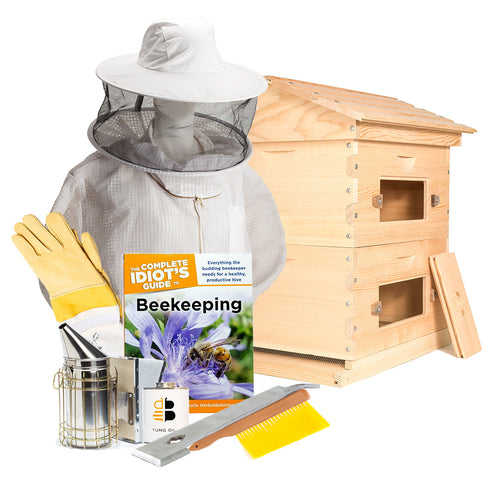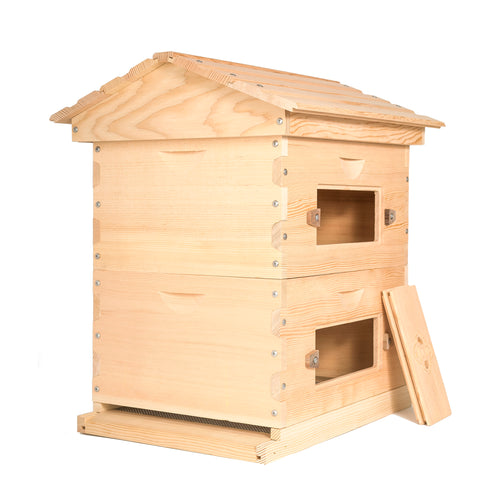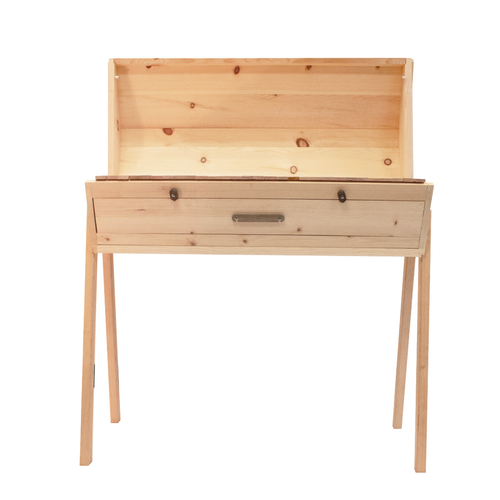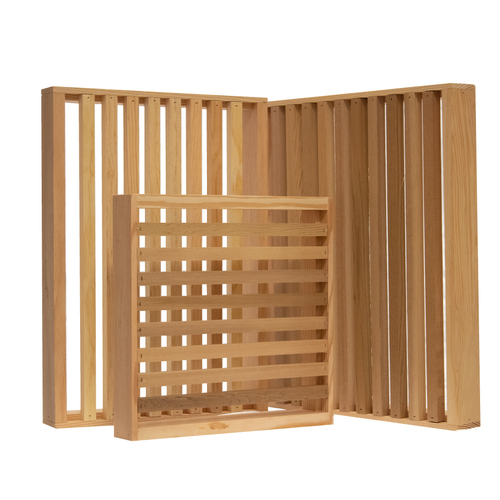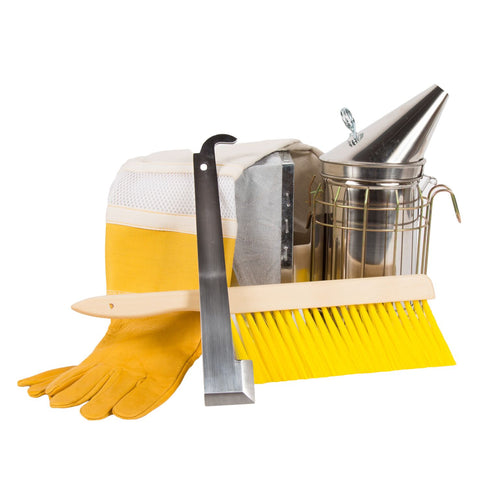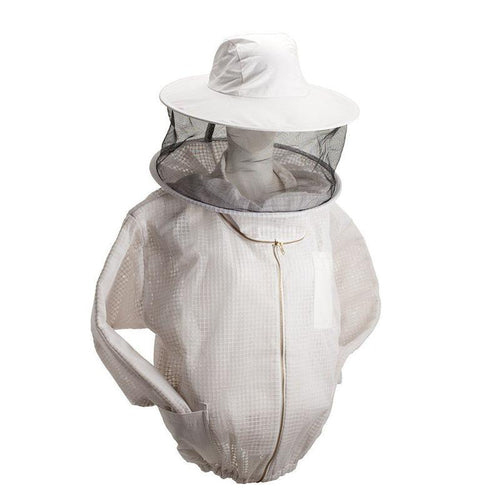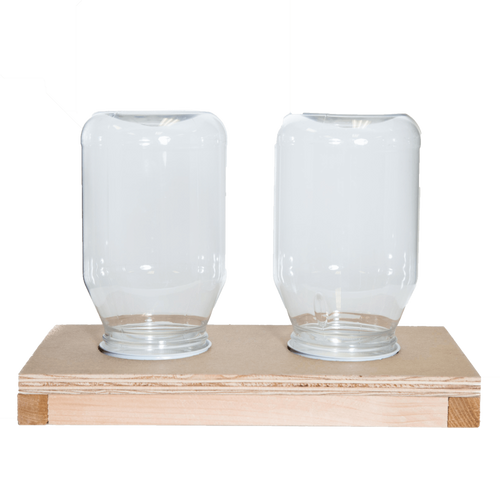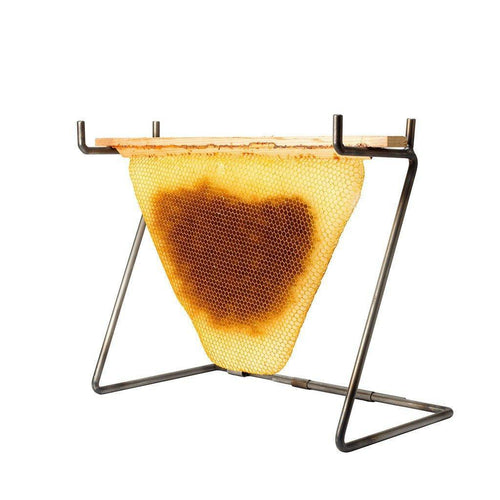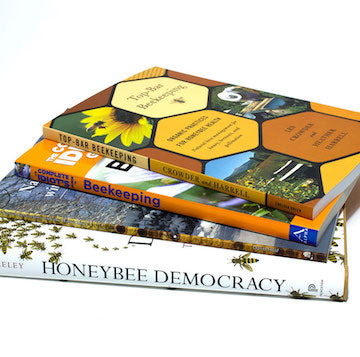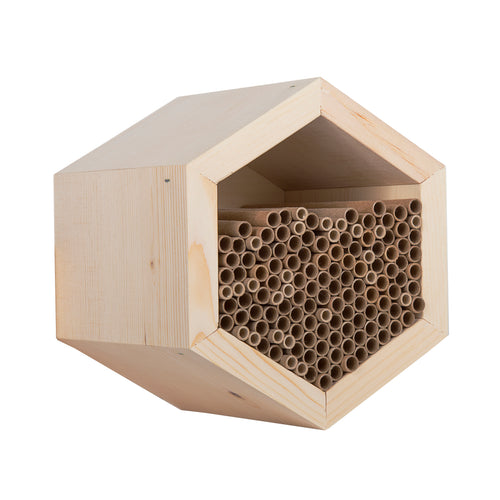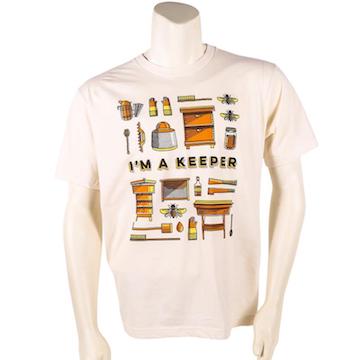Your hive tool is one of your most critical pieces of equipment. Bees glue everything in the hive together with their resin-like propolis. This requires the beekeeper to pry the seal open with a hive tool. A hive tool allows you to detach comb from hive sides, cut and scrape propolis, and pry frames. Our ultimate hive tool (pictured) is our premium option. It's hand-forged in Portland, Oregon from 1/4" steel and is engraved with the Bee Built logo.
Our tool is based on the "Bill Wood Comb Knife", but has the added benefit of incorporating a traditional hive tool on one end. Having fallen in love with the original comb knife, but tired of carrying around a traditional hive tool for situations where prying is needed, we decided to combine the two!
Whether you're using a horizontal top bar hive, a Warre hive, or a foundationless Langstroth, this is an incredibly useful tool that you'll use constantly. We offer a few other value options as well.


